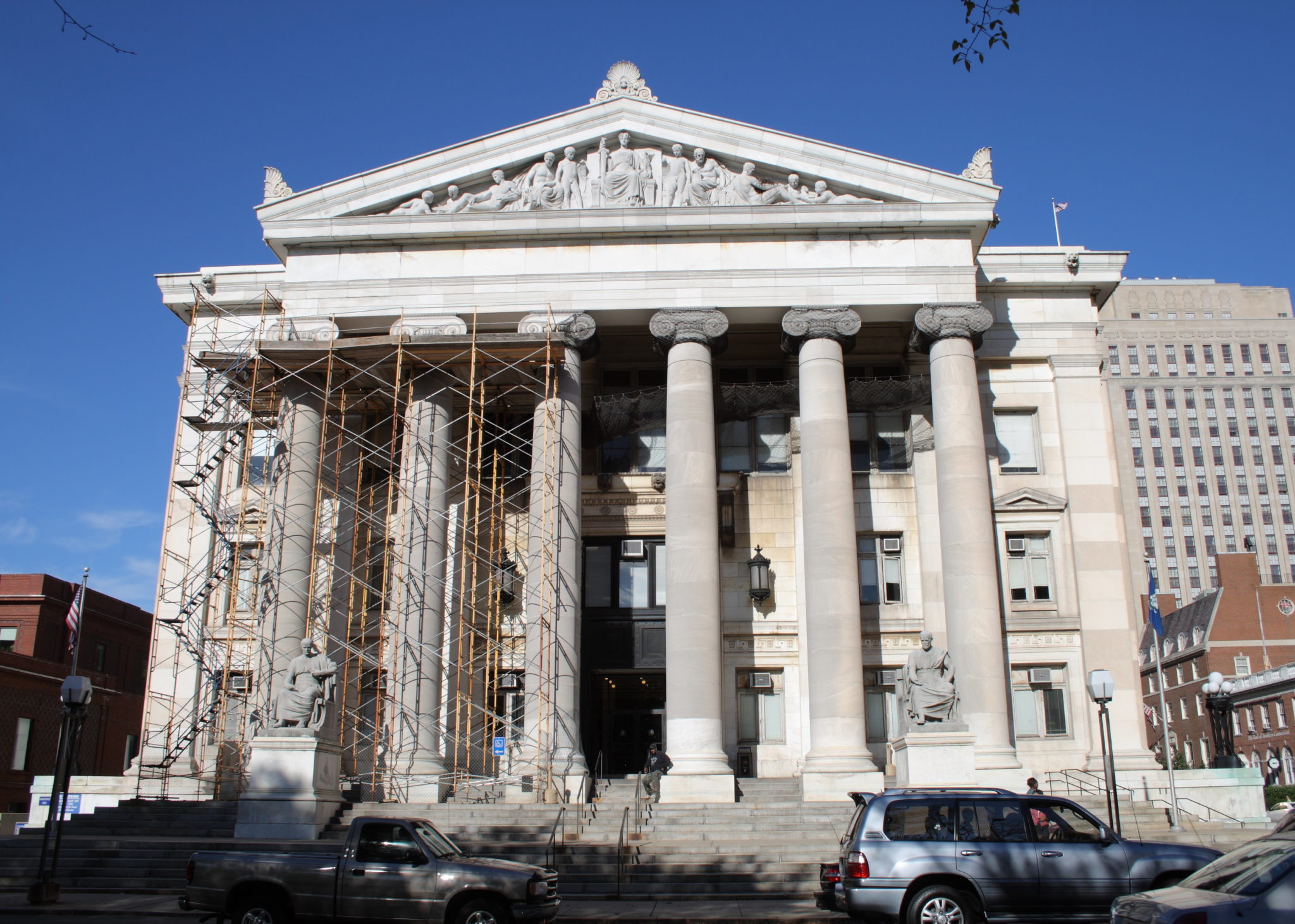
Wikimedia Commons
On Thursday, U.S. Immigration and Customs Enforcement agents appeared at a Derby courthouse to take a Jamaican man into custody, but left empty-handed.
Domar Shearer, a 23-year-old Ansonia resident, appeared in Superior Court on Thursday for two September misdemeanor counts. Upon Shearer’s appearance in court, ICE agents arrived at the courthouse in an attempt to detain him. Organizers from Unidad Latina en Acción — an immigration social justice organization — came to the scene when they learned of ICE’s presence and helped Shearer take refuge in the public defender’s office until the agents left when the courthouse closed. Still, ICE officials have been stationed outside Shearer’s residence over the weekend, and the incident has caused uproar over whether ICE agents can enter courthouses to detain individuals.
“If somebody is trying to fight a criminal case, and [ICE] is trying to take them away, that’s not really helping the court system in Connecticut,” John Lugo, director of ULA, told the News. “That means that if other immigrants in Connecticut in the same situation become afraid to go to the courthouses, that’s going to create a lot of chaos. People will stop showing up and that will create nightmares for police departments and the courthouse.”
ULA came to the courthouse after they received a call from a lawyer about Shearer’s situation. While around six ICE agents waited for Shearer outside the public defender’s office, multiple ULA activists kept a vigilant watch on the agents and questioned their presence in the courthouse. According to Lugo, ICE officers eventually called the state police and court marshals, who cooperated with the agents in separating the activists from them.
Lugo told the News that he is concerned about law enforcement’s cooperation with ICE, noting that the legality of their cooperation is called into question due to recent revisions of Connecticut’s 2013 TRUST Act.
The Connecticut General Assembly passed modifications to the act earlier this year in order to restrict ICE’s ability to work in tandem with law enforcement in detaining individuals. The revisions came into effect on Oct. 1 and prevent state law enforcement officers and court officials from holding undocumented immigrants for ICE without a judicial warrant — unless the individual is guilty of serious felonies or on a terrorist watchlist. Shearer does not currently appear to fit these criteria.
“They don’t care because they’re federal agents, and they’re so empowered by this administration that they feel they can do whatever they want,” Lugo told the News. “Every person that lives in this country should have the opportunity to prove that they are innocent in the courthouse.”
In a statement on Friday, ICE’s Boston office said that Congress granted ICE agents the authority to “lawfully arrest removable aliens in courthouses, which is often necessitated by local policies that prevent law enforcement from cooperating with ICE efforts.”
The incident has prompted response from state officials troubled by ICE’s actions. In an official statement, Attorney General of Connecticut William Tong said he reached out to ICE on Thursday asking them to avoid further escalation of the situation. In another prepared statement, Sen. Richard Blumenthal LAW ’73, D-Conn., said he contacted the regional and Connecticut offices of ICE and urged its agents to leave the Derby courthouse.
“Courthouses should be regarded as places to go where people can seek justice or be held accountable for violations of law,” Blumenthal said. “Maintaining the rule of law and orderly conduct of justice is paramount.”
Shearer moved to the U.S. from Jamaica and has lived in Ansonia for about four months, overstaying his visa. On Sept. 23, Shearer was arrested twice by police at his home, where he was charged with second degree threatening, second degree breach of peace and third degree assault. According to the New Haven Register, Ansonia Police lieutenant Patrick Lynch said that Shearer was first arrested for domestic violence against his wife. Shearer’s second arrest occurred after he returned to their home that night, where he allegedly engaged in an altercation with his wife’s friend. Shearer appeared in court on Thursday in response to these charges.
ULA activists escorted Shearer away to New Haven after court on Thursday, but ICE agents continued to pursue him at his home over the weekend. Lugo describes agents as “bothering” Shearer’s family and said the situation was “stressful and unfair” to Shearer’s pregnant wife as well as to the neighborhood as a whole.
While Shearer’s case has attracted significant attention across the state, this is not the first time that ICE officials have pursued individuals at Connecticut courthouses, according to an email from the American Civil Liberties Union. In June of last year, ICE officials chased a man from outside the Danbury Superior Courthouse into the street, where he was then hit by a car.
On Thursday, the Connecticut branch of the ACLU called on the Connecticut Judicial Branch to adopt policies and legislation that would keep ICE from entering courthouses.
“ICE should not be in Connecticut’s courthouses, and it should not have been in the Derby courthouse today,” David McGuire, executive director of the ACLU of Connecticut, wrote in an official statement. “When ICE uses courthouses as hunting grounds for deportation, they are undermining public safety and justice and they are hurting our communities.”
In 2018, the ACLU conducted a survey where they interviewed over 200 police officers across 24 states. The report found that, since the immigration policies of the Trump administration have come into effect, more than 50 percent of officers find it more difficult to investigate crimes of domestic violence, human trafficking and sexual assault due to immigrant crime survivors’ fear of law enforcement.
Shearer is slated to reappear in court on Nov. 21, where activists and community members are expected to accompany him.
Meera Shoaib | meera.shoaib@yale.edu







